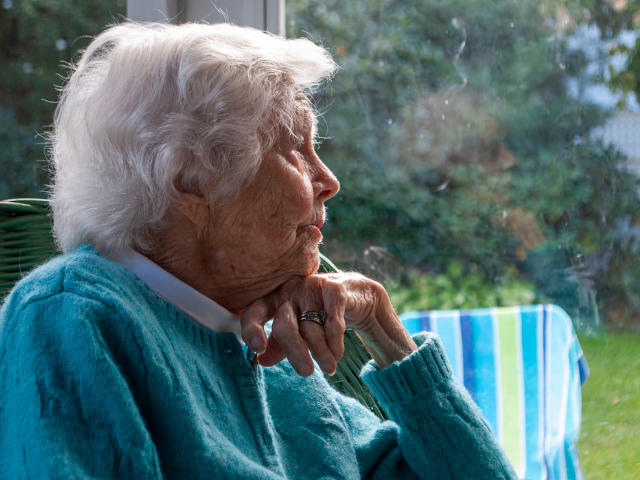
Hospital at home and virtual wards: What works?
Mae’r cynnwys hwn wedi dod o wefan allanol ac mae ar gael yn Saesneg yn unig.
An ageing population, with increasing numbers of people living with frailty, is placing growing demands on hospital services. But one in five hospital admissions could be avoided. Shifting care away from hospitals and into the community is a key government ambition. Patients, as well as the NHS, benefit from staying out of hospital where possible; a long hospital stay can reduce their independence and trigger a move into long-term supported care. New service delivery models, enabled by technology, can provide safe alternatives to hospital. They can reduce admissions and speed up discharge. These models, known as hospital at home or virtual wards, vary in how they are led, the staffing model, what conditions they support and for how long. But their common feature is that a multidisciplinary team supports people in their own homes to avoid hospital admission or facilitate an earlier discharge, wherever possible.
In this webinar, researchers will present evidence from three reviews on hospital at home and virtual wards. This will be followed by a Q+A session. The webinar will help participants understand:
- what are the key elements of hospital at home and virtual wards?
- what is their impact on outcomes?
- what is their impact on service costs?
- what factors contribute to their success?
This event is being organsied by NIHR, contact the team if you have any queries.
Free